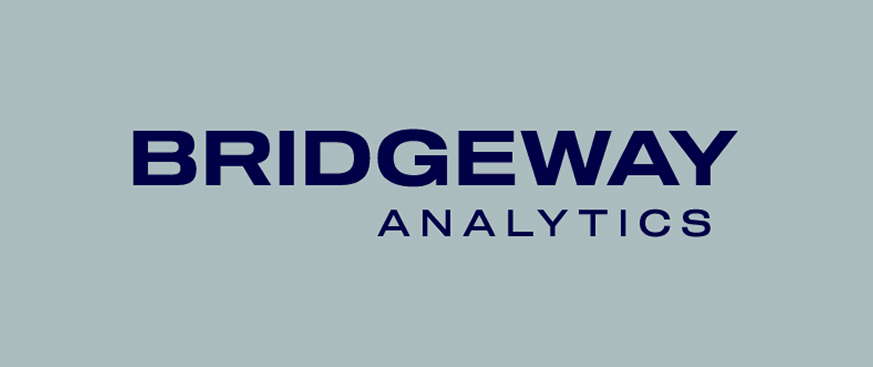Following the Global Financial Crisis (GFC), insurers faced a low-yield environment, prompting a significant shift towards higher-yielding alternative assets. This transition encompassed various strategies, such as private debt and equity placements, structured products, and cost-effective investment vehicles, including custom-designed, non-SEC registered funds tailored to their specific requirements. Up to the present, regulations have been tactically modified to evolving market dynamics. An August 2023 memo from the Financial Condition (E) Committee proposes a comprehensive reassessment of the regulatory framework for insurers' investments. This initiative acknowledges the imperative to modernize the existing structure to better align with contemporary needs.
This report builds on the memo’s aspirational vision to modernize the NAIC’s oversight of investment risk and to use available resources cost-effectively, aiming to achieve the principle of “Equal Capital for Equal Risk.” Given the complexities involved with the needed depth and breadth of tools with considerations for the broad set of capital markets, statutory accounting, RBC, etc., this report introduces candidate core principles for investment risk oversight:
- Clarity–ensuring each component of the framework has a well-articulated objective and definition.
- Consistency–ensuring different types of investments are handled objectively and consistently across the framework.
- Governance–ensuring ongoing governance across the framework, including a model risk management framework with defined standards.
This report also introduced supervisory roles and responsibilities for insurers, NAIC staff, regulators, and external consultants, with deliberate considerations for potential conflicts of interest that tie back to the core principles.
By deliberately leveraging resources efficiently and approaching the redesign to balance prudence and cost-efficiency while incorporating lessons learned from initiatives such as CCAR and Solvency II, we are confident that the U.S. insurance regulatory framework can be adapted to benefit policyholders and insurers.
Download the Report
![]()

